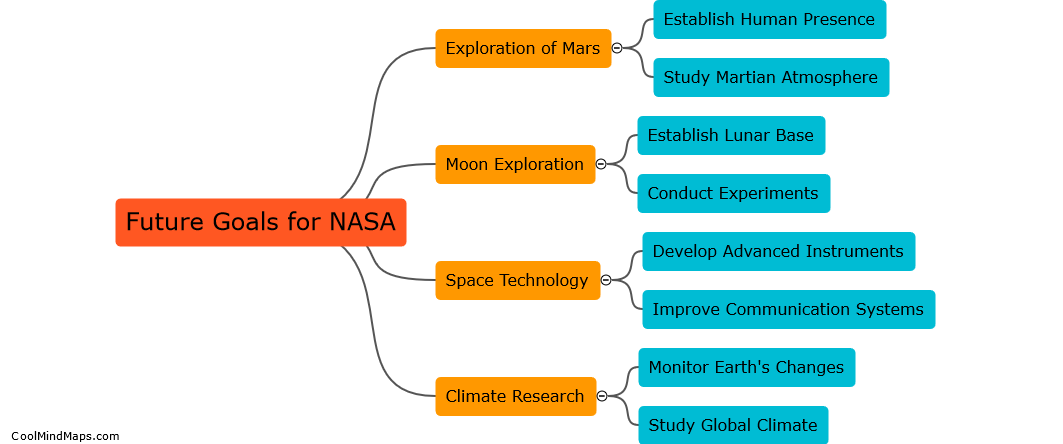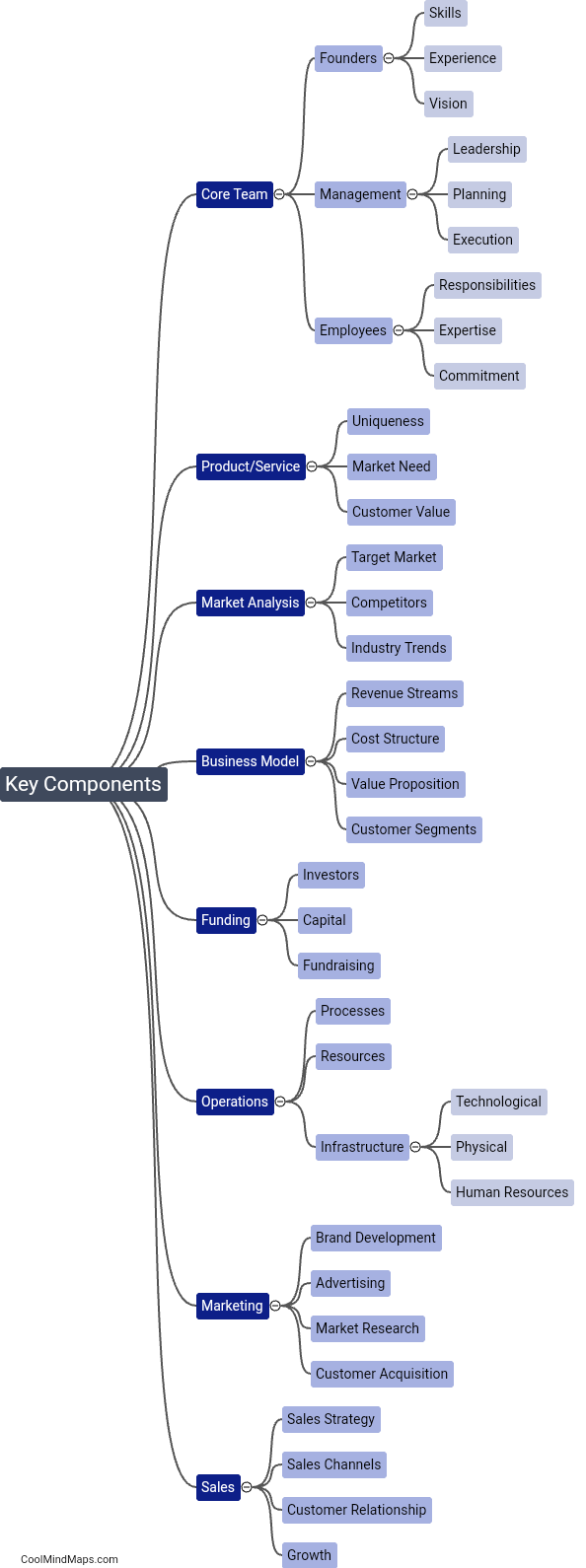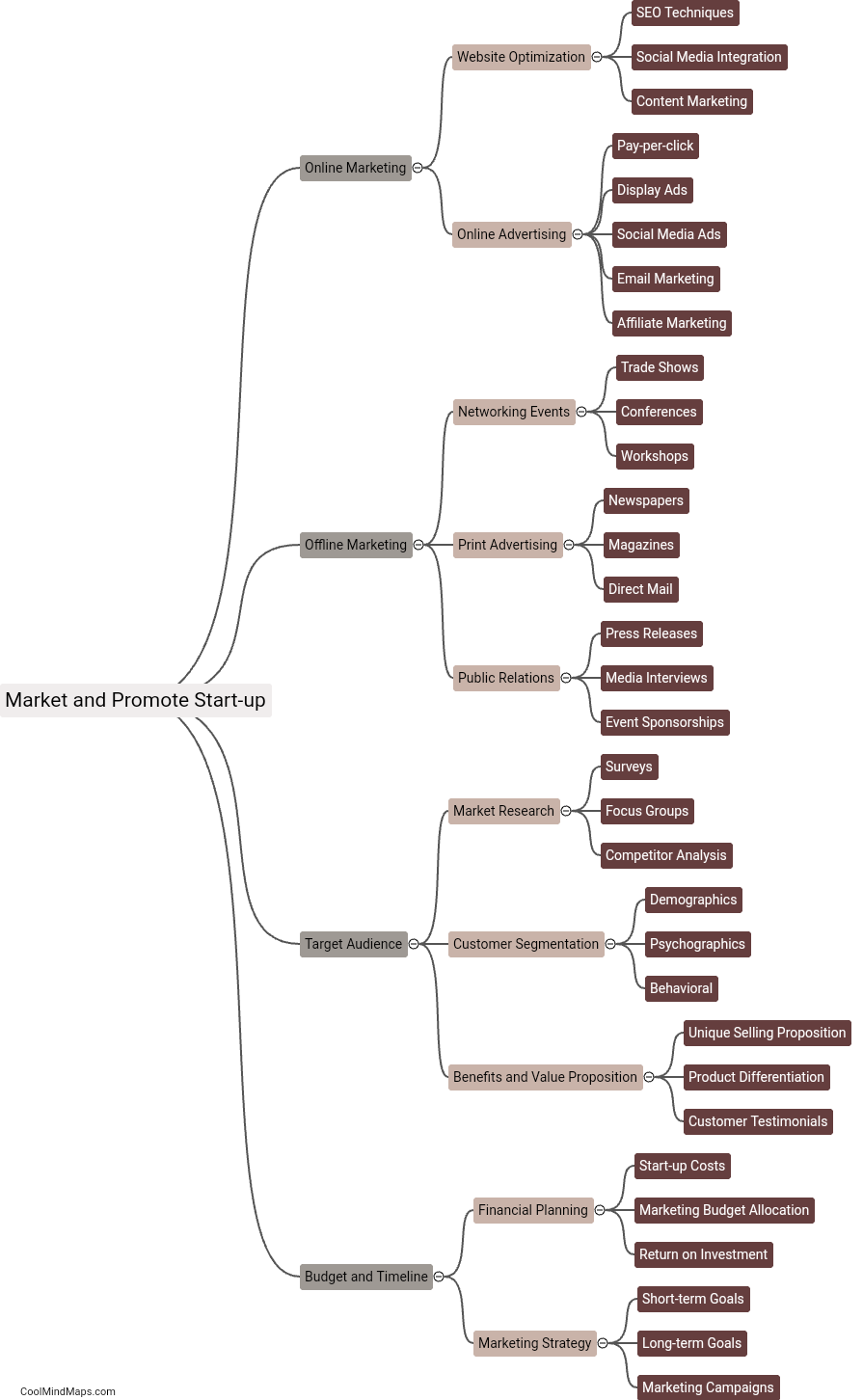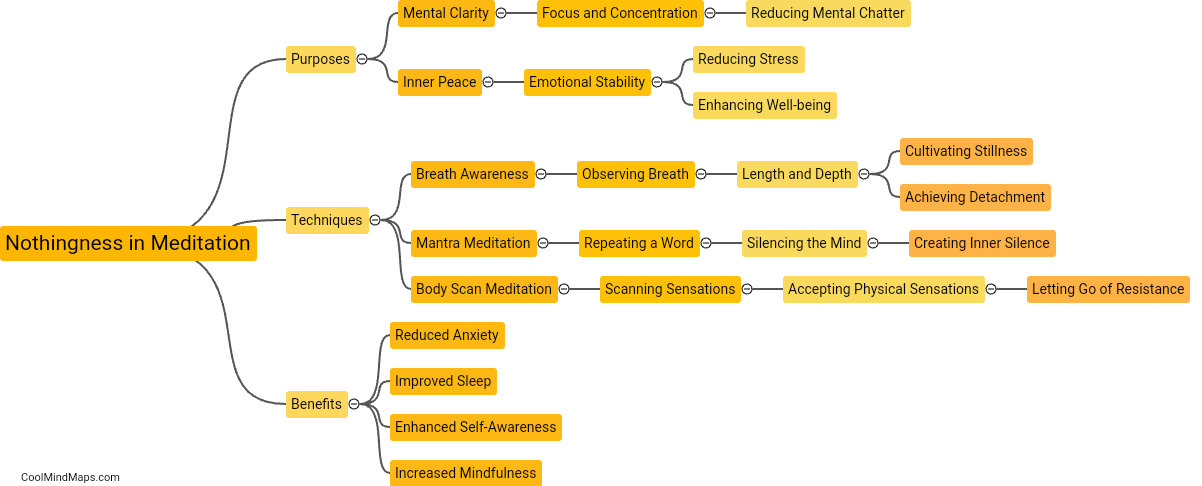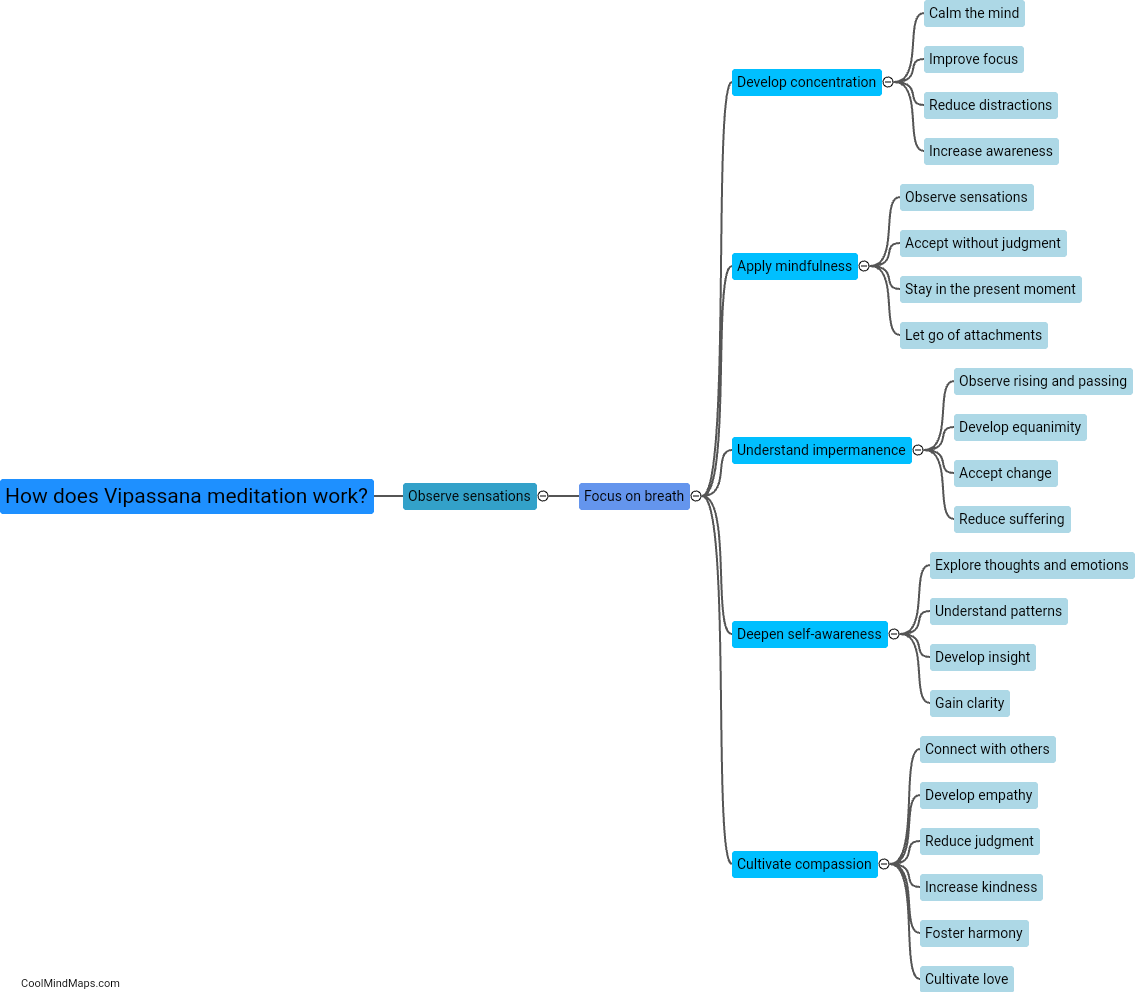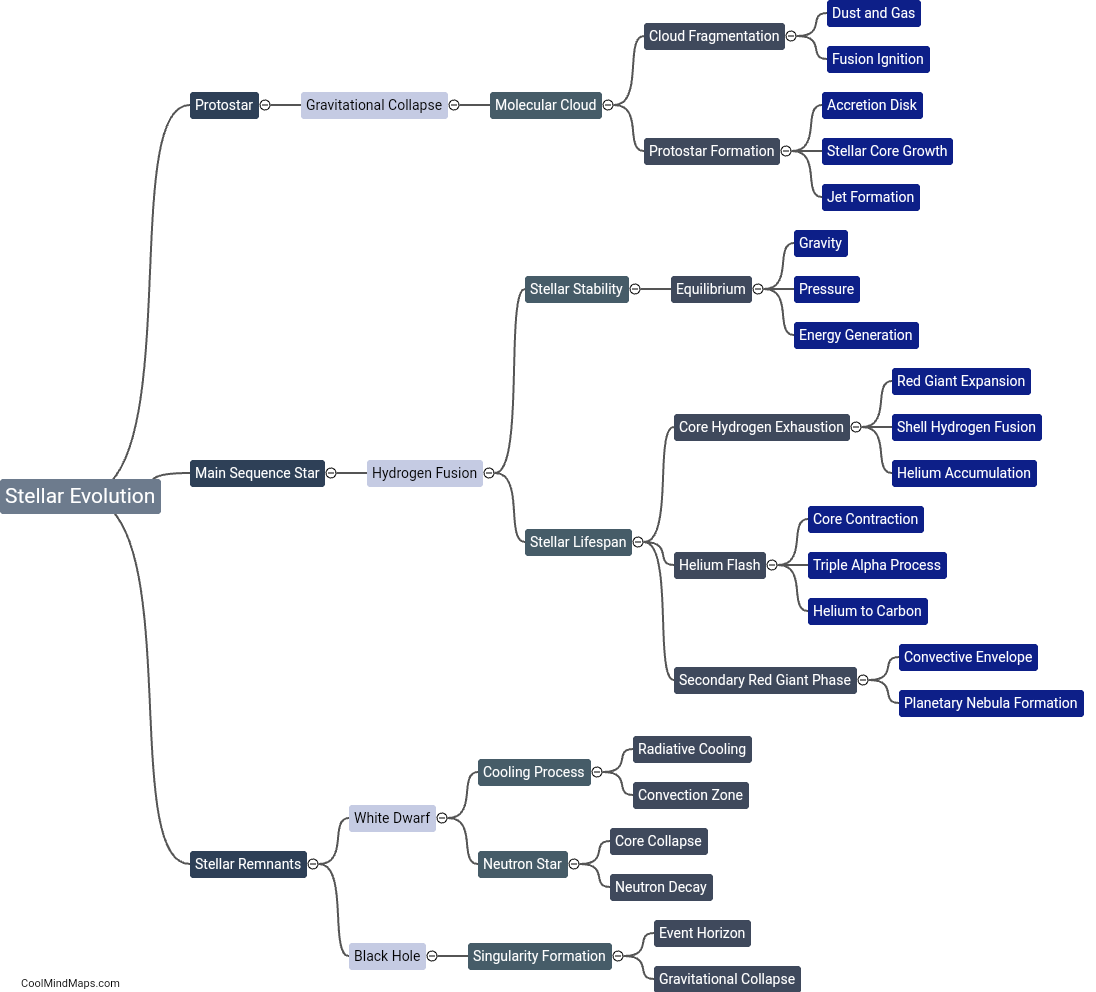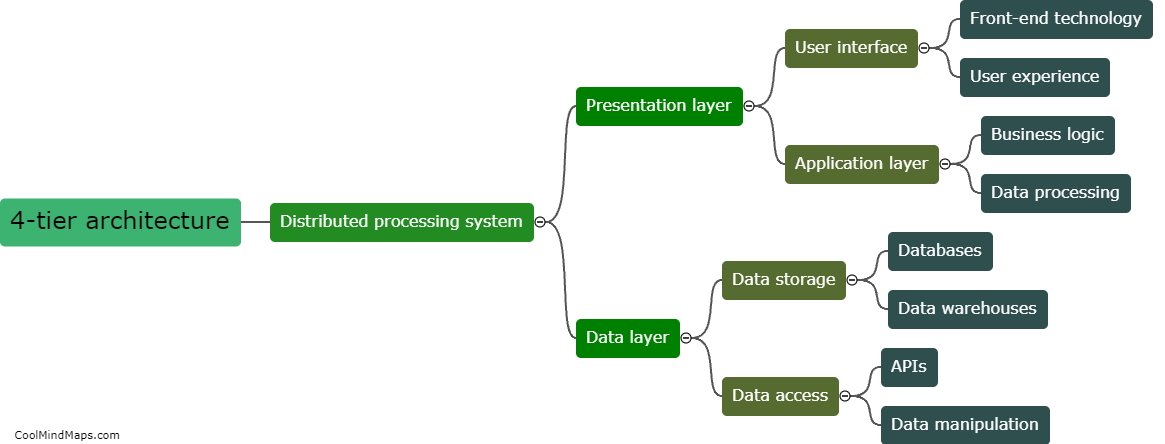How can first-order logic be used for automated reasoning?
First-order logic, also known as predicate logic, is a powerful formalism that can be used for automated reasoning. This logic system allows us to express statements about objects, properties, and relations, using variables, predicates, and quantifiers. Automated reasoning entails using computational techniques to derive valid conclusions from a given set of logical statements. First-order logic provides a precise and unambiguous way of representing knowledge and reasoning about it. By defining a set of axioms and rules of inference, we can employ automated reasoning techniques, such as resolution or semantic tableau, to derive new knowledge from existing statements. These techniques can be implemented in automated reasoning systems, commonly known as theorem provers or logic engines, that can solve complex problems, verify properties of systems, or assist in decision-making processes. Overall, first-order logic offers a formal foundation for automated reasoning, enabling logical deduction and enabling a wide range of applications in various fields including mathematics, computer science, and artificial intelligence.
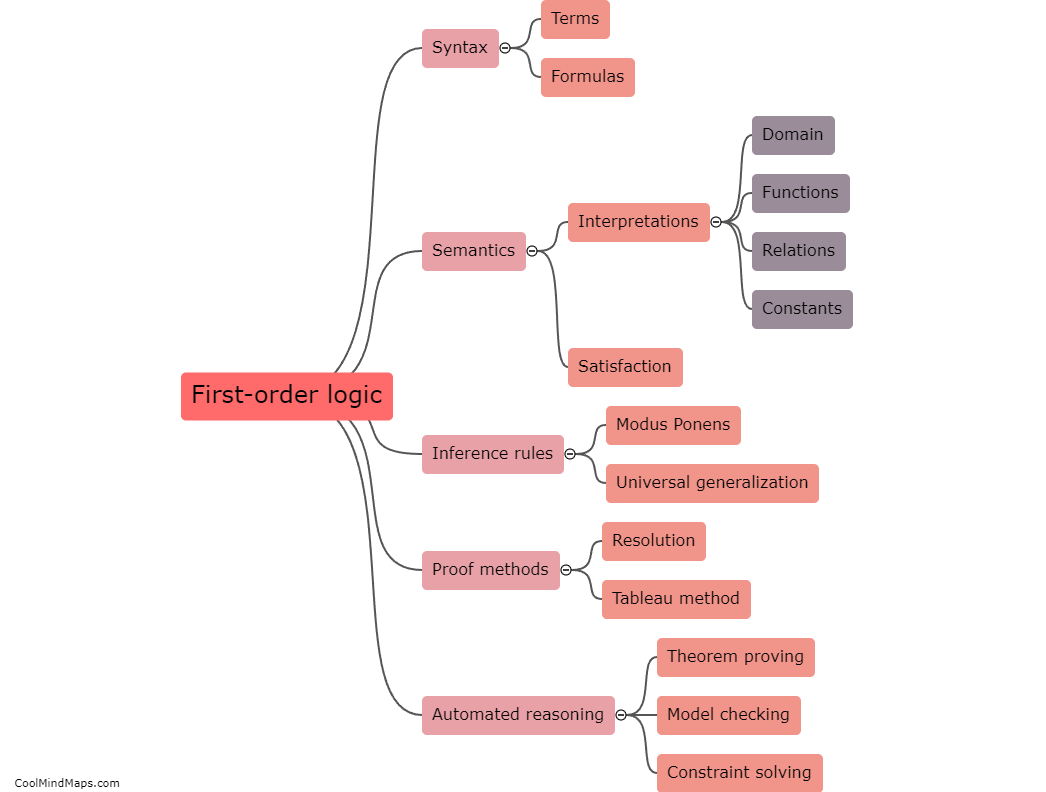
This mind map was published on 22 January 2024 and has been viewed 79 times.


